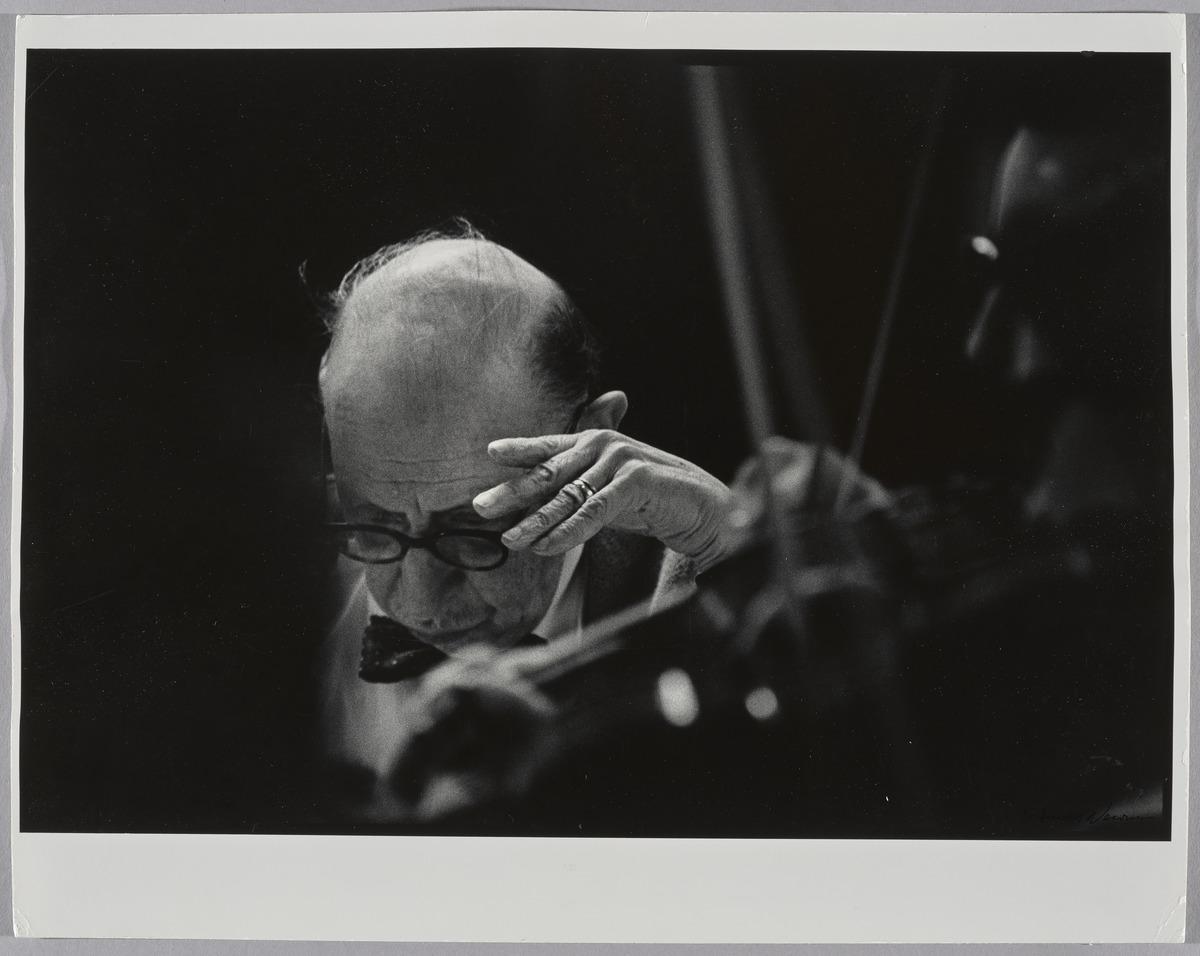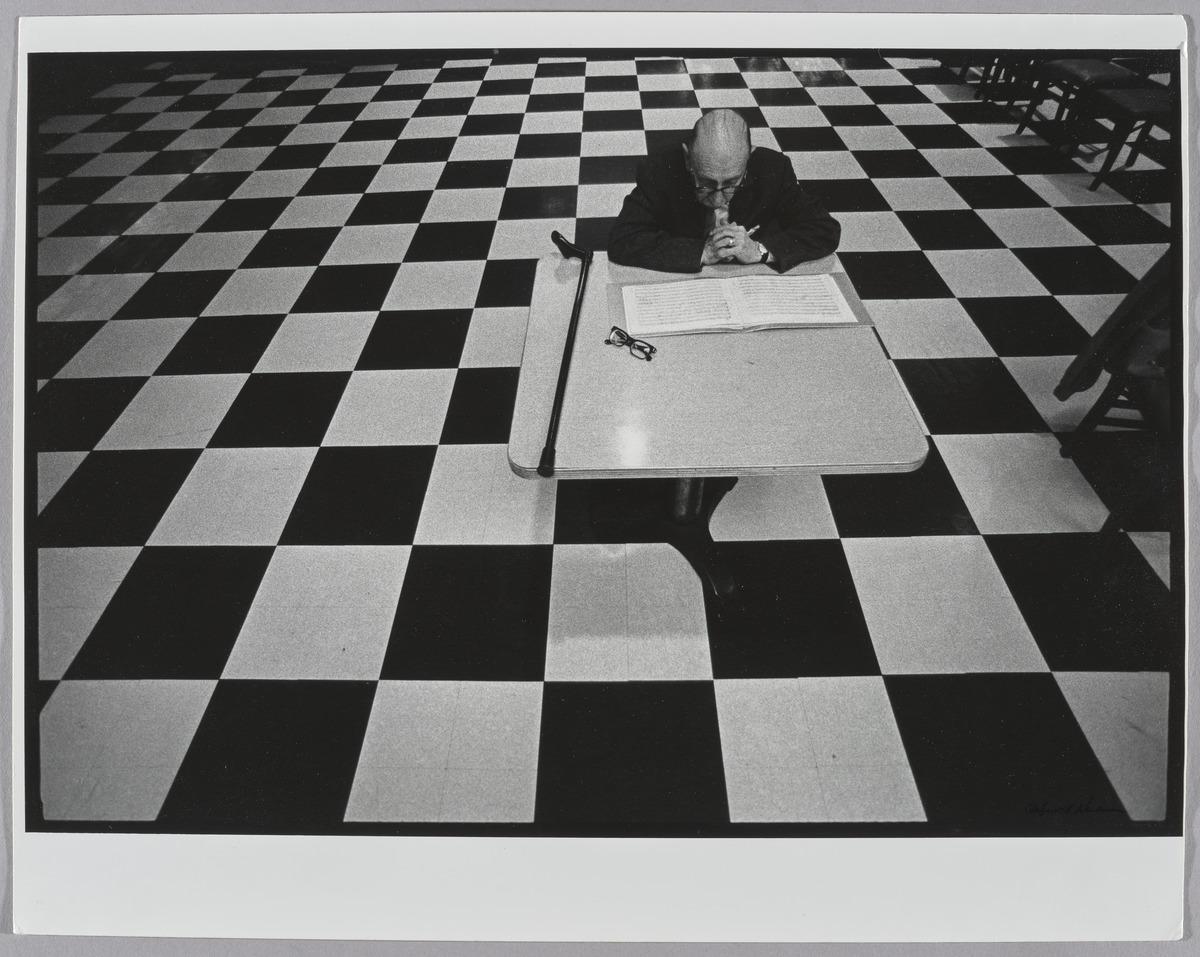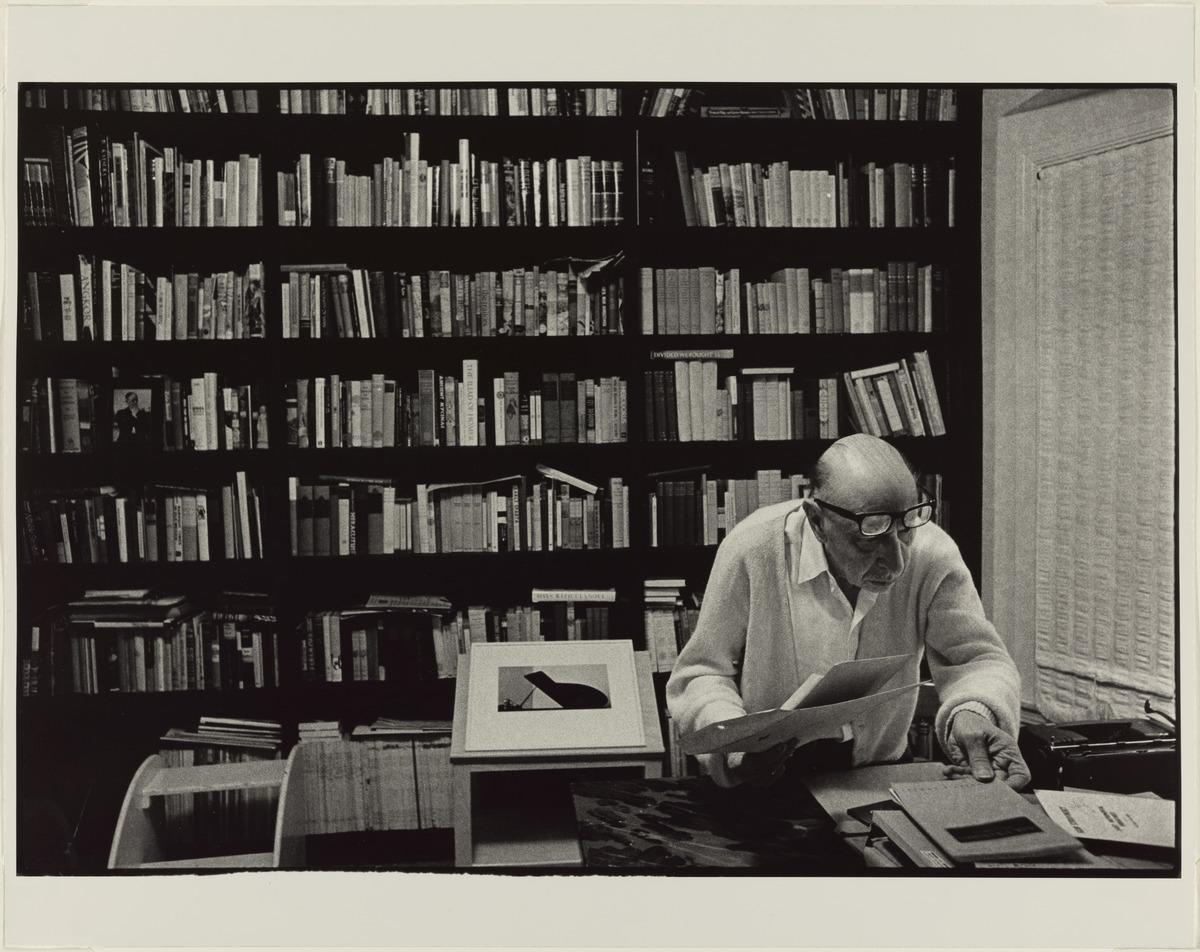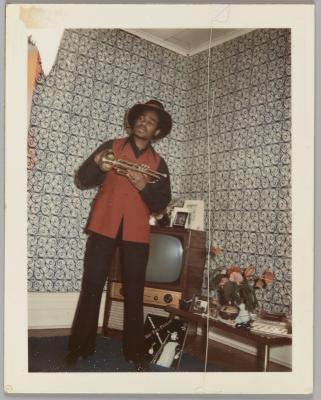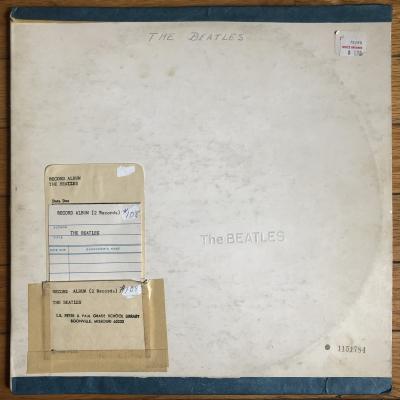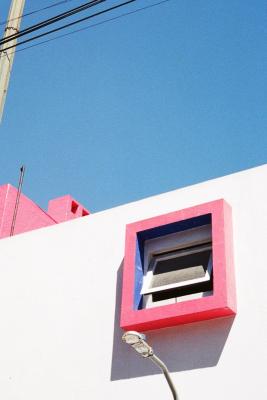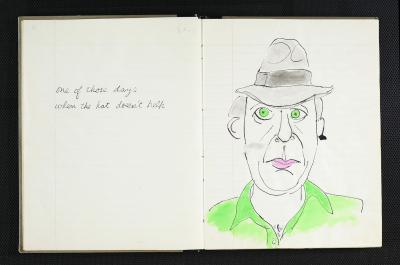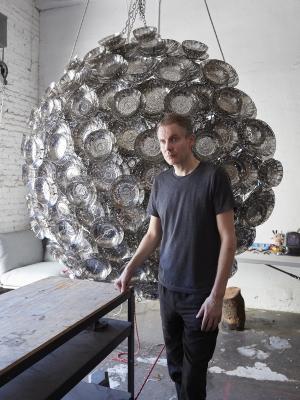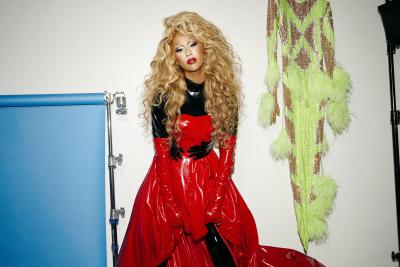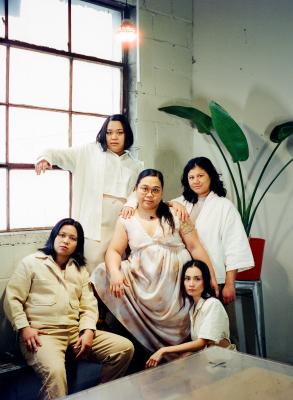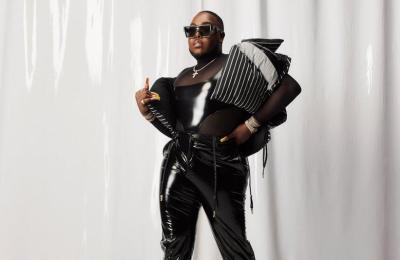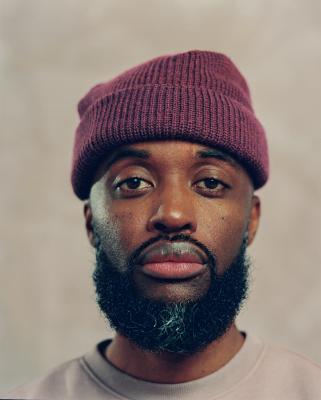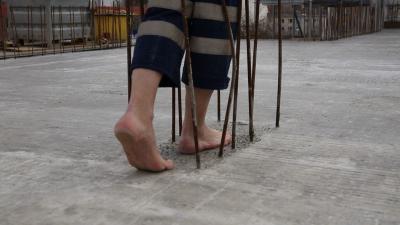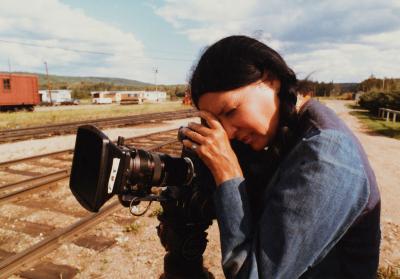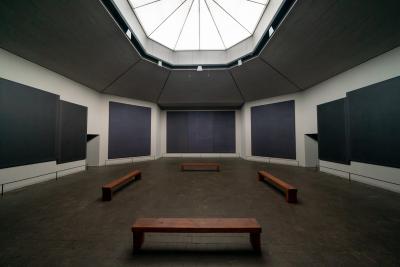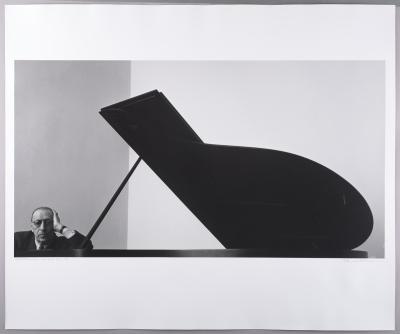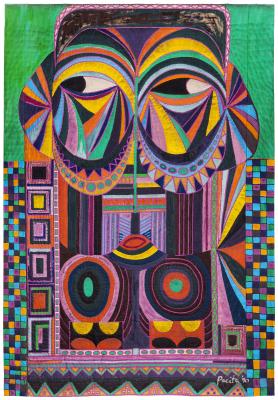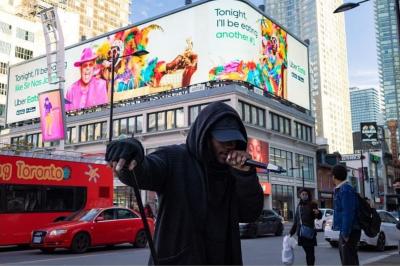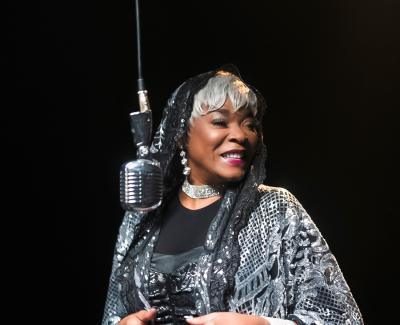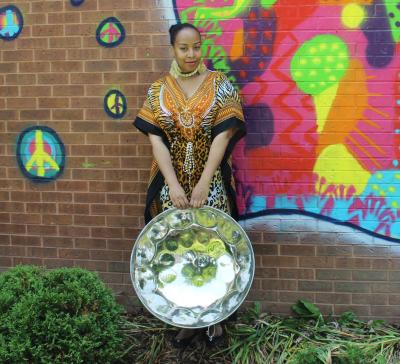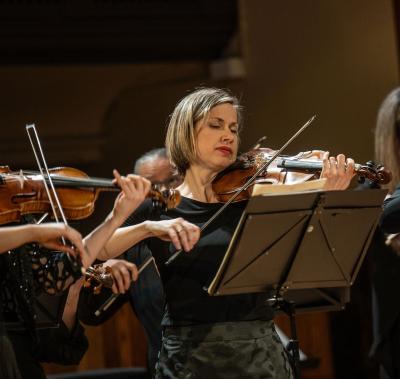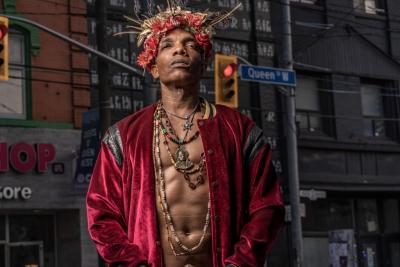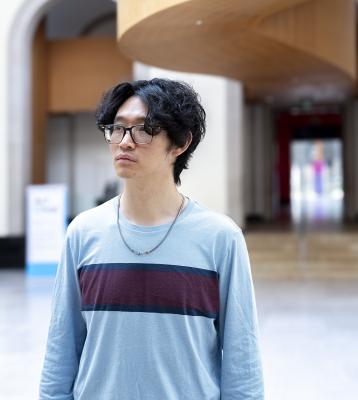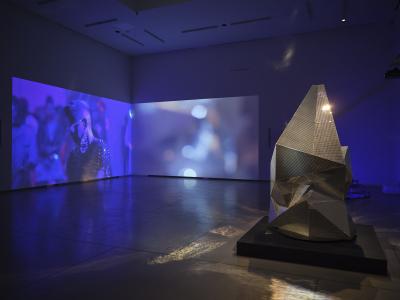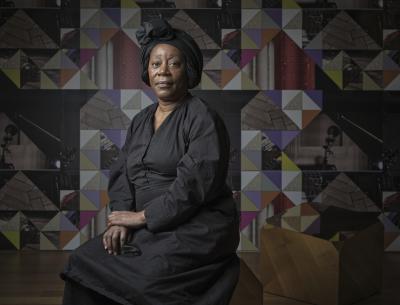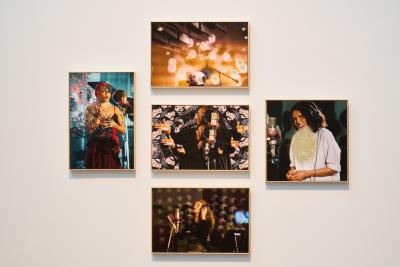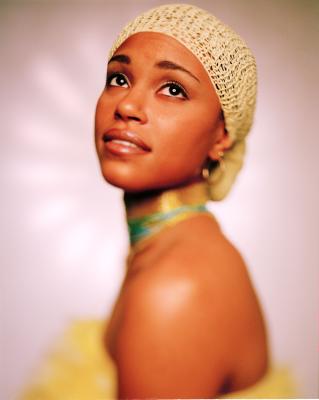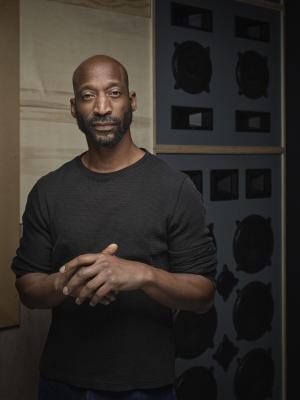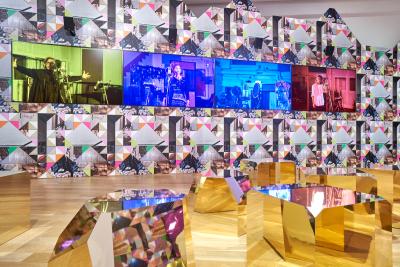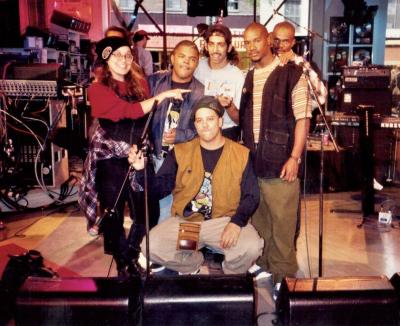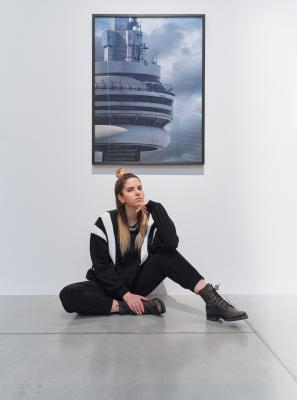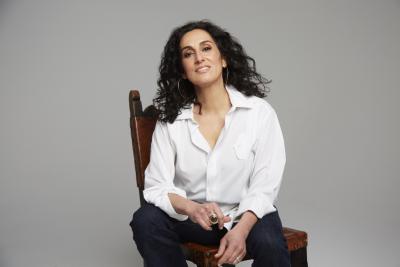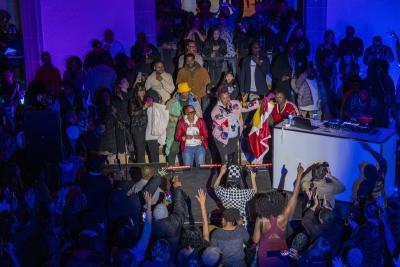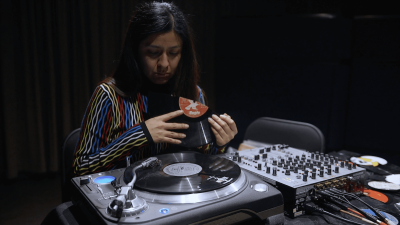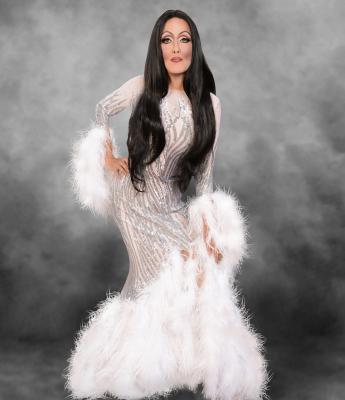Newman, Stravinsky and a Legacy That Endures
Two icons of photography and music shine at the AGO and TSO through 2024
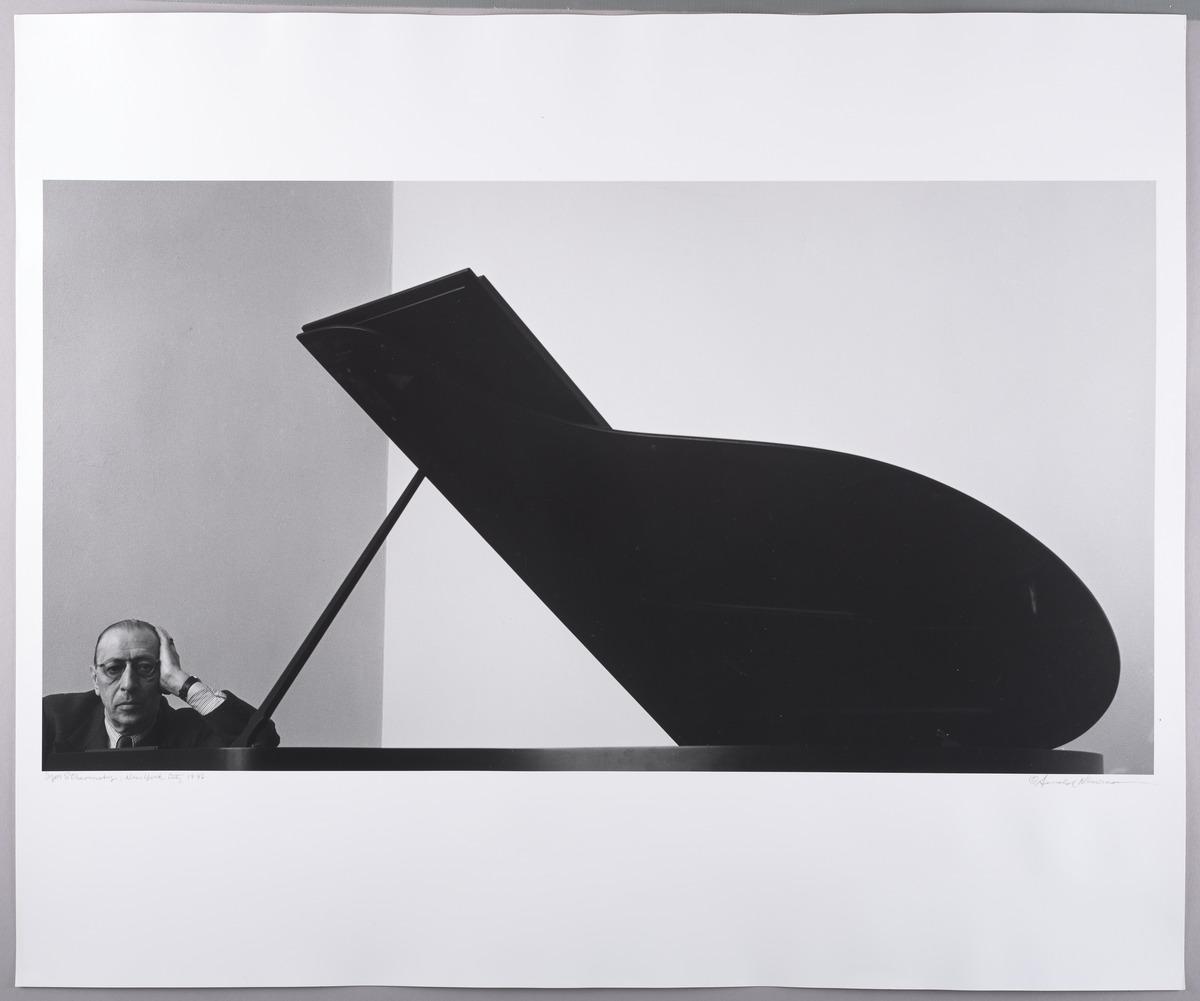
Arnold Newman. Igor Stravinsky, 1946. Gelatin silver print, Overall: 50.8 × 61 cm. Art Gallery of Ontario. Anonymous Gift, 2012. © Arnold Newman Properties/Getty Images (2023). 2015/4030. Commissioned by Harper’s Bazaar.
At first glance, May 17, 1967, seems a relatively unspectacular day in Toronto, save for the unseasonably warm high of 21.7 °C. But this bright spring day was host to a spectacular event: Igor Stravinsky took the podium at Massey Hall, with the Toronto Symphony Orchestra in tow, for his final public appearance as a conductor. Despite the advice of his doctor to curtail the physical demands of international touring, Stravinsky made one exception for the Massey Hall appearance, conducting the Pulcinella suite that was less demanding on the ailing composer. After the concert, Stravinsky allegedly disclosed to Robert Craft—his friend, fellow composer, and confidant-cum-manager—that he believed he suffered a stroke while conducting. Though Stravinsky would survive another four years before succumbing to complications from pulmonary edema, this Toronto appearance marked the beginning of the end for one of orchestral music’s foremost figures of the 20th century.
Stravinsky rehearsing with Toronto Symphony Orchestra, May 17, 1967
2024 will bring the latest chapter in the storied history of Stravinsky in Toronto as the Toronto Symphony Orchestra (TSO) presents his Rite of Spring in the uniquely immersive Symphony Exploder experience; and the AGO’s Building Icons: Arnold Newman’s Magazine World, 1938-2000—featuring one of the most famous photographs of Stravinsky—continues until January 21, 2024. To celebrate this confluence of appearances, the TSO’s Noteworthy and Foyer present this abbreviated history of Stravinsky in Toronto and a closer look into how Arnold Newman’s famous portrait came to be.
Icon to Icon: Arnold Newman and Igor Stravinsky
The mid-1940s into the 1950s marked a pivotal moment in Arnold Newman's life and career. In 1945, his solo exhibition, Artists Look Like This: Portrait Photographs by Arnold Newman, opened at the Philadelphia Museum of Art to much praise and publicity. His commissioned photographs began to appear in influential publications like Fortune, Life, Seventeen, and Holiday. In 1948, he moved north from Miami Beach to New York City, opening his photography studio and joining the American Society of Magazine Photographers (ASMP). And in 1946, he took a photograph that would cement his place as one of the most renowned American photographers of the 20th century.
The American fashion magazine Harper’s Bazaar commissioned a then 28-year-old Newman to photograph celebrated composer, pianist, and conductor Igor Stravinsky. Although the magazine did not publish the photograph, the symbolic portrait became Newman’s most celebrated. Newman often recounted that the magazine simply rejected the photograph but as his profile grew, he coyly omitted the reason why. Alexey Brodovitch, graphic designer and art director at Harper’s Bazaar from 1934 to 1958, rejected the photograph because he felt it was too good to be printed small in the pages of a magazine. Brodovitch had already strongly supported Newman’s photography by 1946; helping him secure his very first magazine commission in Harper’s Bazaar in 1942.
At the AGO, the final section of the exhibition Building Icons: Arnold Newman’s Magazine World, 1938-2000 displays not only the famous Stravinsky portrait (image at top) but also illuminates Newman’s vision as a photographer. Beside it are facsimiles of the contact sheet from the 1946 shoot. Giving visitors a glimpse into Newman’s mind, the sheet is annotated with red check marks, Xs, and rectangle outlines where he contemplated cropping out the background. He strategically built the composition—positioning the piano’s lid to resemble a music note—to suggest to the viewer that the man and his music are one.
Of the photograph, Newman explained, “I had already photographed musical instruments, in part, and in whole. Suddenly, I realized that I had been admiring the shape of a piano, and it hit me: the piano shape – strong, hard, sharp, linear, beautiful in its strong, harsh way – was really the echo of Stravinsky's work, his own music... When I reflected upon it, I said, 'Where can I get a piano? I'd like to use a piano, I have an idea.' We found an editor with a Grand in her home with a very simple wall, and a very simple background which I was able to manipulate.”
1946 also began a lifelong friendship between Newman and Stravinsky. Newman went on to photograph Stravinsky again 20 years later, this time for three weeks between October 1966 and January 1967, as Stravinsky prepared for the public premiere of his composition Requiem Canticles. The resulting photojournalistic images give a window into a beloved musical icon's life at work and home, which Newman later assembled with the help of editor and art director Frank Zachary and text by Robert Craft to create his 1967 book, Bravo Stravinsky. Also, in the AGO exhibition, viewers are immersed in the book's pages and behind the scenes into a long-form visual narrative. Newman photographed Stravinsky at the piano, writing musical compositions by hand, travelling with his wife, dancer and artist Vera de Bosse, at his desk surrounded by books, at the podium in rehearsals and live performances, signing autographs and having meals with friends like choreographer George Balanchine (select images above).
Unlike the iconic single image of Stravinsky, displayed on the opposite wall, this accumulation of photographs is a rare documentation of a composer writing, relaying a detailed account of his creative process and his life. Later, in 1967, Stravinsky made his final appearance as a conductor at the Toronto Symphony Orchestra before he passed away in 1971 at 88.
The saying goes that there are two sides to every story. As in the case of Arnold Newman, there are two ways to masterfully photograph an icon and demonstrate exceptional versatility as a photographer.
Building Icons: Arnold Newman’s Magazine World, 1938-2000 is on view now until January 21 at the AGO on Level 2 in Sam and Ayala Zacks Pavilion (gallery 245). The exhibition is curated by Sophie Hackett, AGO Curator of Photography, with photo scholar and independent curator Tal-Or Ben-Choreen.
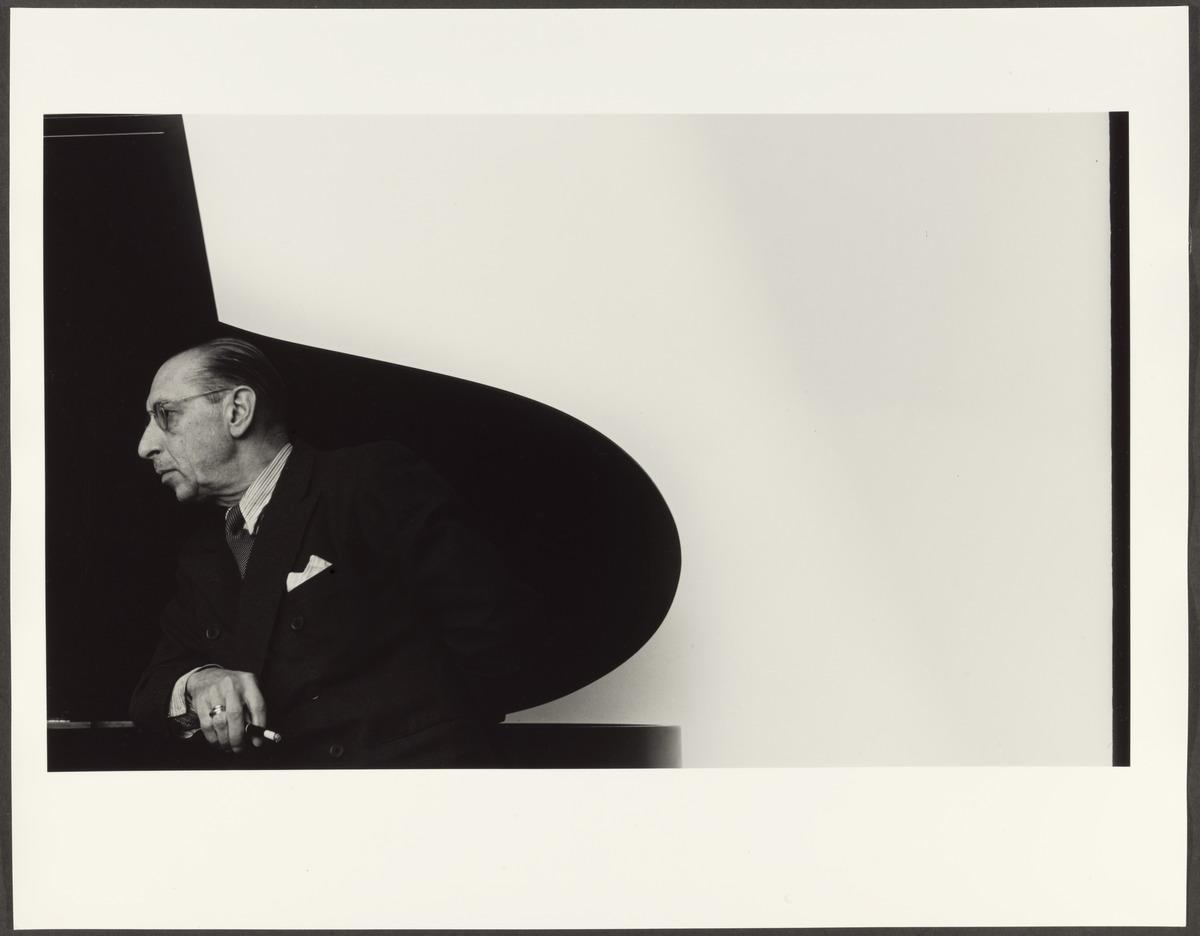
Arnold Newman. Igor Stravinsky, December 1,1946. gelatin silver print, Overall: 27.9 × 35.6 cm. Art Gallery of Ontario. Anonymous Gift, 2012. © Arnold Newman Properties/Getty Images [2023]. 2015/3993
Symphony Exploder: A Rite of Spring Like No Other
On April 5, 2024, Hrishikesh Hirway, the visionary behind the groundbreaking Song Exploder podcast and Netflix series, joins Music Director Gustavo Gimeno and the TSO for the hit show’s first-ever live orchestral collaboration—Symphony Exploder: The Rite of Spring.
Corresponding with Song Exploder’s 10th anniversary, this presentation will feature Hirway and Gustavo in an onstage conversation that dissects the mesmerizing layers of Stravinsky’s The Rite of Spring, interspersed with excerpts and live replays from the famously scandalous piece, and followed by a complete, heart-pounding rendition by the full orchestra.
“My relationship with the city of Toronto goes back a long way, and I'm likewise grateful for my various creative engagements across Canada,” says Hrishikesh Hirway. “So it’s going to be a really special experience to début the first orchestral version of the Song Exploder experience with the Toronto Symphony Orchestra. This special orchestral edition of Song Exploder — Symphony Exploder — will be one of the highlights of the tenth anniversary of Song Exploder. I’m enthralled to discover, along with Toronto’s music community, how the capacity for deep-listening that we’ve cultivated for ten years will translate into the very fertile grounds of orchestral music. I couldn’t have asked for a better specimen than Stravinsky’s The Rite of Spring, it’s going to be like nothing else we’ve ever heard.”
“With its viscerally propulsive rhythms, extreme orchestral colours, and shocking harmonies, The Rite of Spring was artistically radical—a totally unexpected and new kind of music,” adds Gustavo Gimeno. “So presenting the piece in an entirely novel way feels incredibly fitting. I’m eager to explore Stravinsky’s most explosive creation with Hrishi, whose ability to translate complex musical concepts into fascinating and revelatory experiences is truly wonderful, and I know that our audiences, new and seasoned alike, will hear this astounding creation — and our orchestra — with fresh ears.”
Symphony Exploder will also mark a cadential closing to our year-long exploration of Stravinsky’s compositional literature for Toronto audiences. This journey notably began with The Rite of Spring, which was part of the program that opened the TSO’s 23/24 season, before the Toronto Symphony Youth Orchestra (TSYO) performed his Suite from The Firebird in November, 2023. In February, 2024, Stravinsnky returns to the TSO with a special performance of his incidental music for the ballet Pulcinella—special as it will be a live-recording that will be released as part of our multi-album partnership with the famed Harmonia Mundi label. After Symphony Exloder, the TSO will present Stravinsky — via the TSYO — as they travel to Cleveland in June to once again perform the Suite from The Firebird.
Keep up with Stravinsky’s year at the TSO by signing up for our Noteworthy newsletter.
